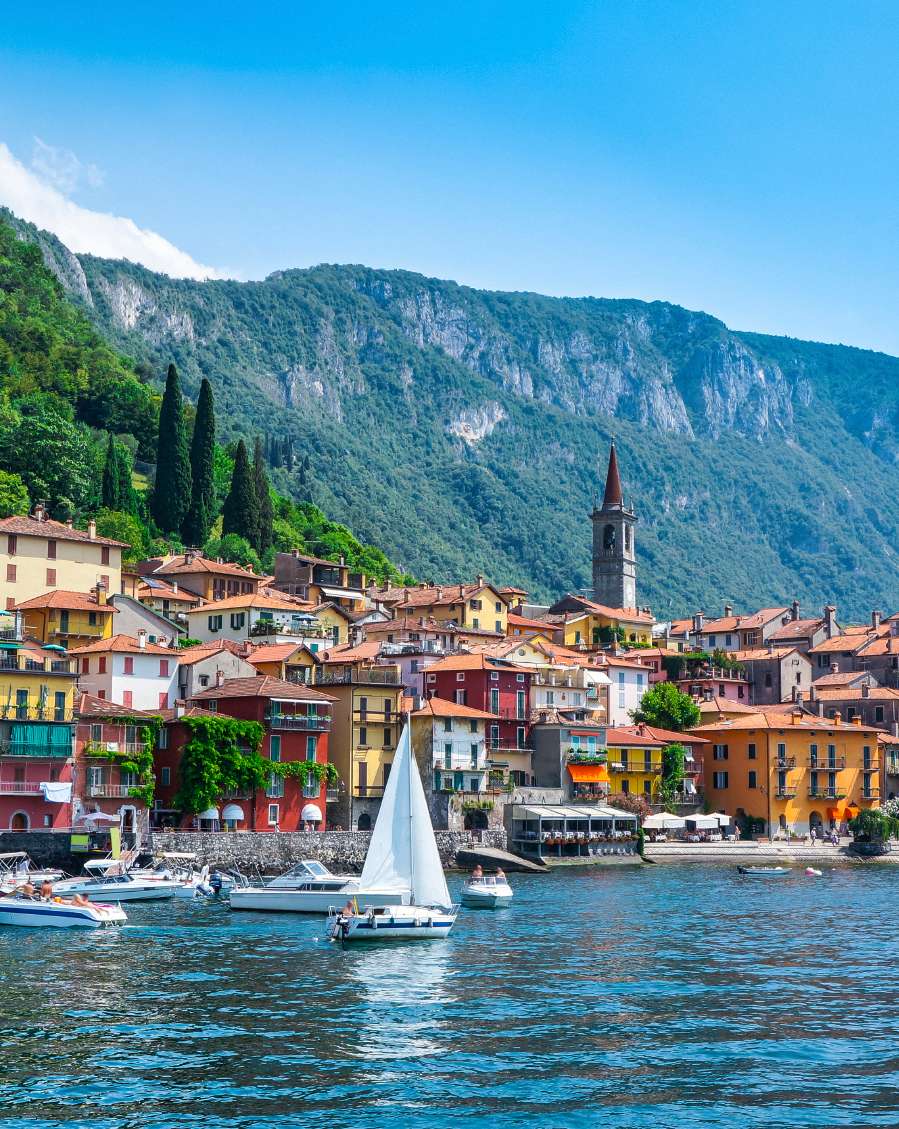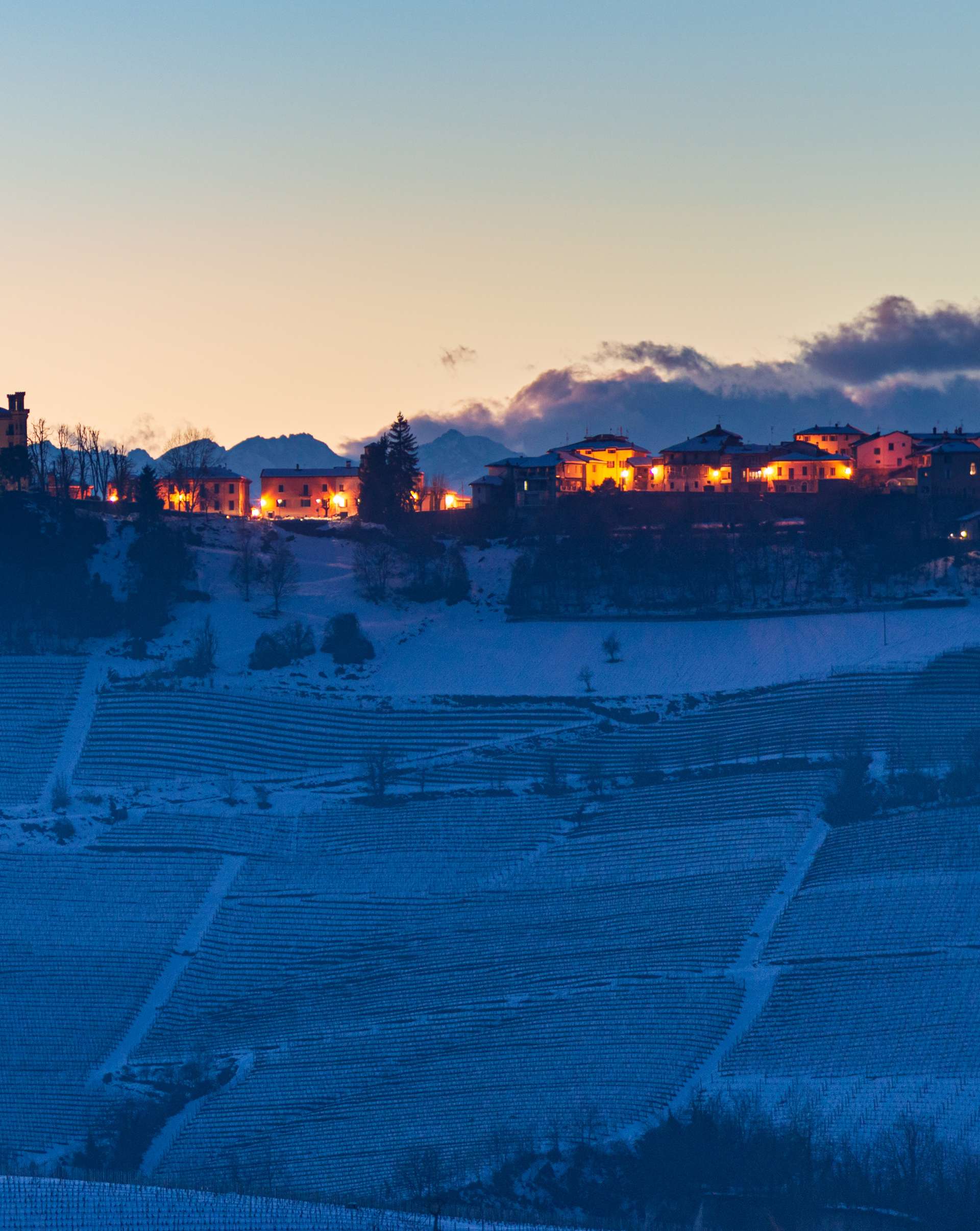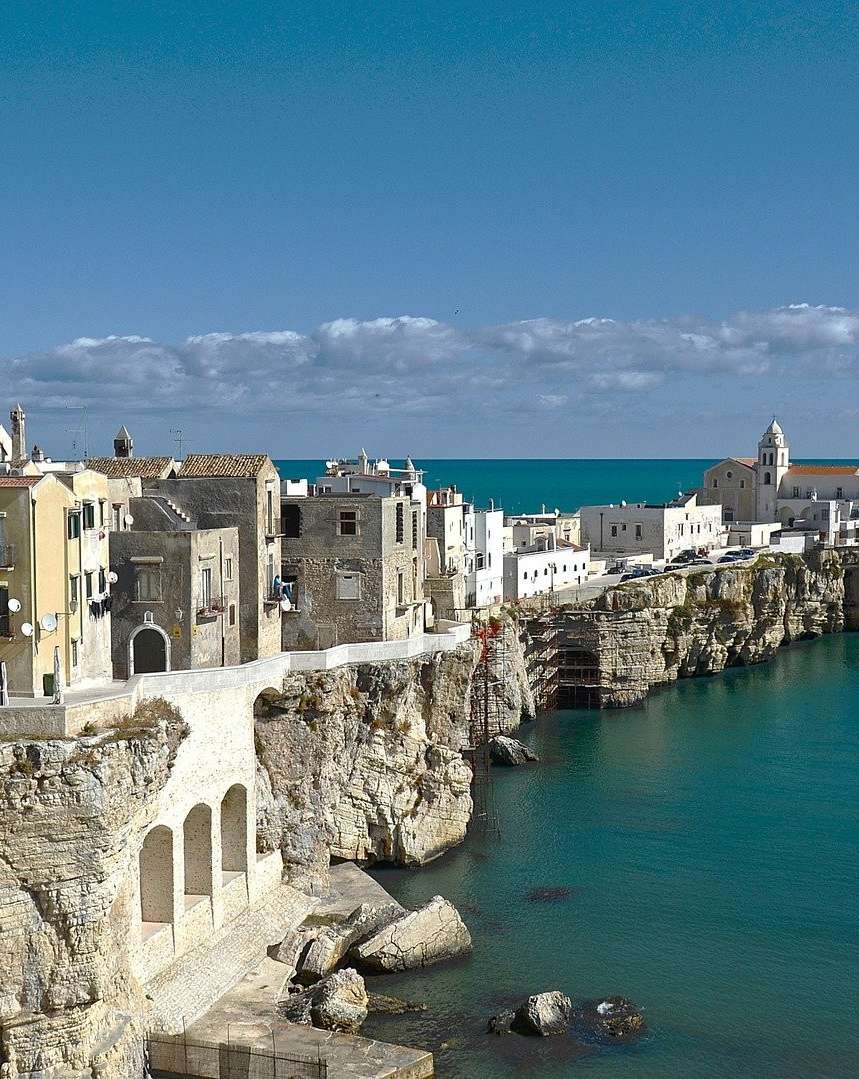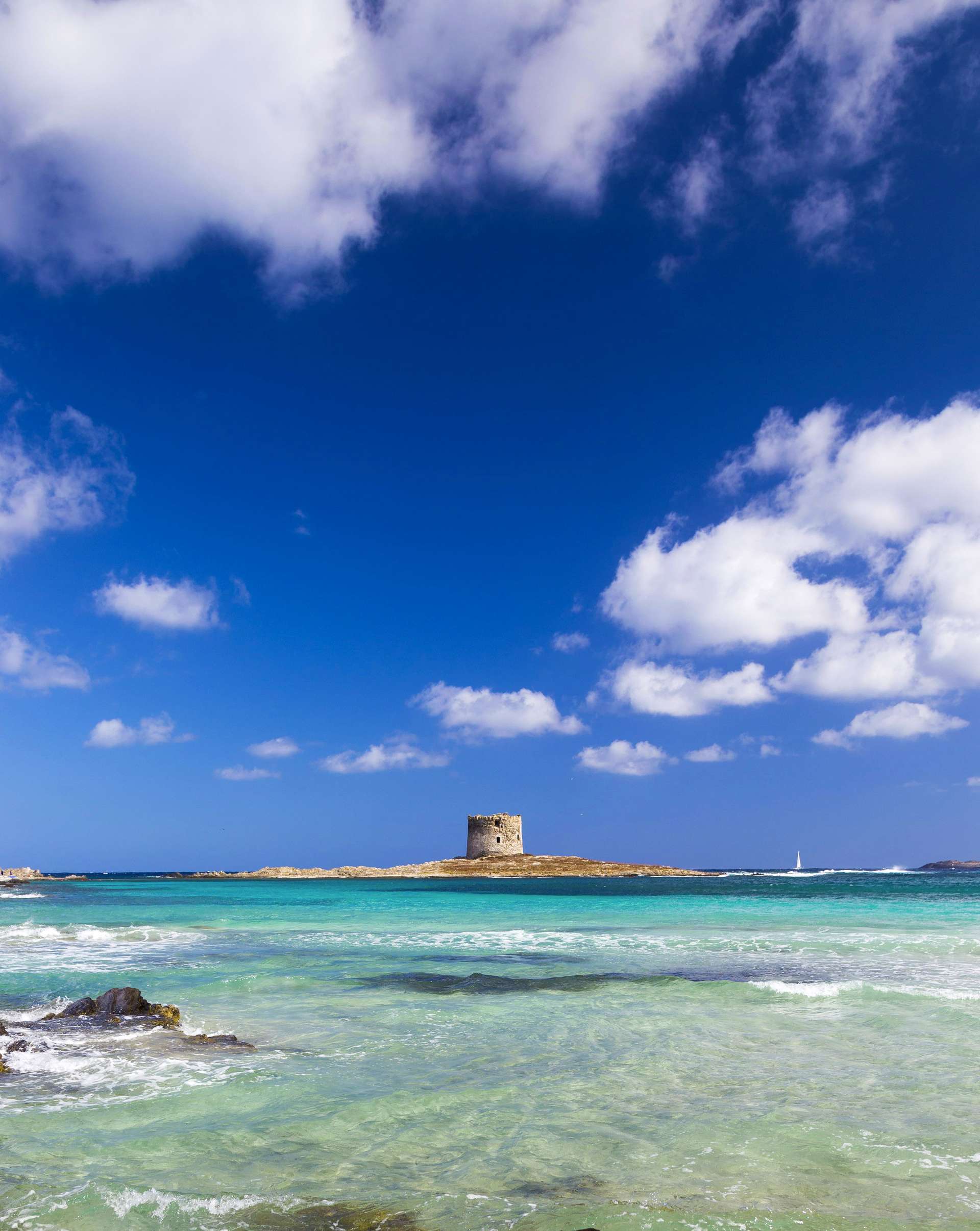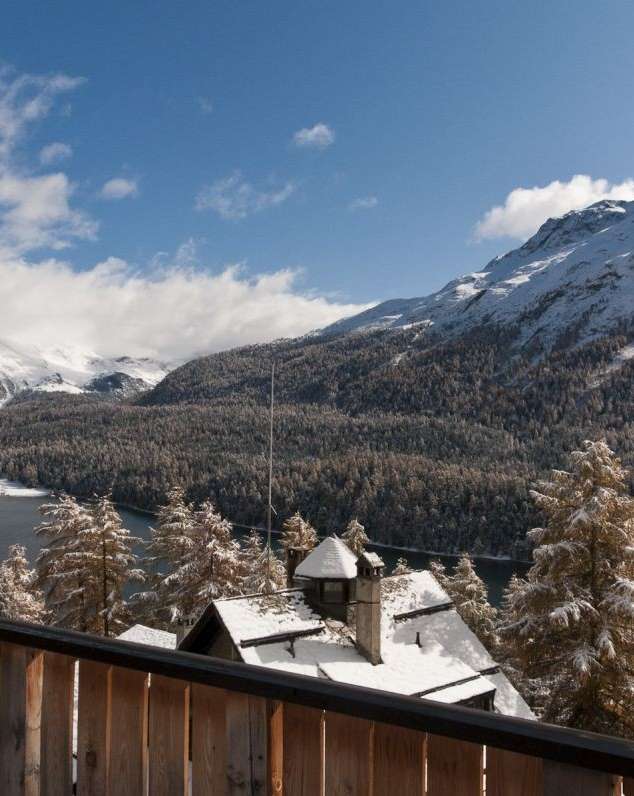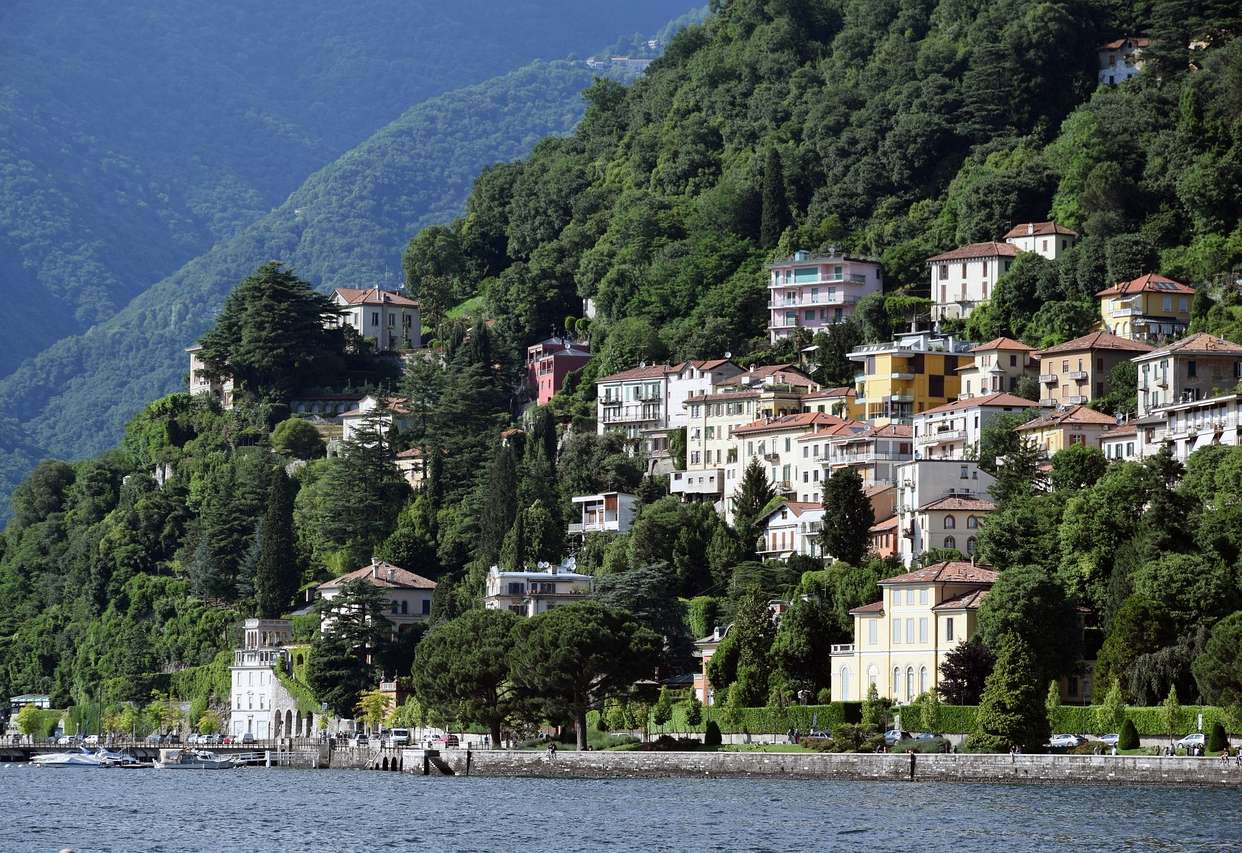
Como Lake: weather, climate and best time to visit
December 28, 2012Como Lake is famous for its balmy temperatures and the Mediterranean sun. Despite the fact that it's very close to the mountains, its climate is mild and constant, due to its large mass of water that acts as a thermal reserve. With these conditions, winters are milder and summers are cooler than the regions of the same altitude and latitude.
The average annual temperature is higher than elsewhere, while the average daily range is always lower than 14 degrees. Even the cloudiness is very small: there are more than 200 days of sunshine a year.
The climate of Como Lake is perfect for sports, but also for those people who need to relax. The best time to visit is between March and November, when temperatures are warm and the sun shines the most.
If you plan to visit Como Lake, there are pros and cons of each season.
The weather of Como Lake in July and August is the best you can get. But these are the hottest months, where temperatures reach 30 degrees and there are as many tourists. It is a pleasant time for going to the beach and enjoy the cool breeze. In addition, water temperatures are ideal for many sports. July is also one of the driest months of the year.
The best spring and autumn months to visit Como Lake are May and October, which temperatures are mild but sometimes there are torrential rains. From May until September the temperature in Como Lake will not usually dip below the 25 °C mark making exploring the area and cruising on the lakes a comfortable pleasure.
Winter temperatures in Como Lake are also reasonably mild and will fluctuate from around 5 °C to 12 °C in December. Snow can occur even if it is rare and usually occurs at higher elevations. The lake is very clear and bright in winter, and housing is much cheaper than in high season, but many sites are unavailable at this time.
The large mass of water of Como Lake acts as a thermal reserve: the water absorbs the sun's heat during the summer and release it only during the winter. The high mountains surrounding the lake act as insulation to help this process, which helps to keep the average annual temperature higher than elsewhere.


